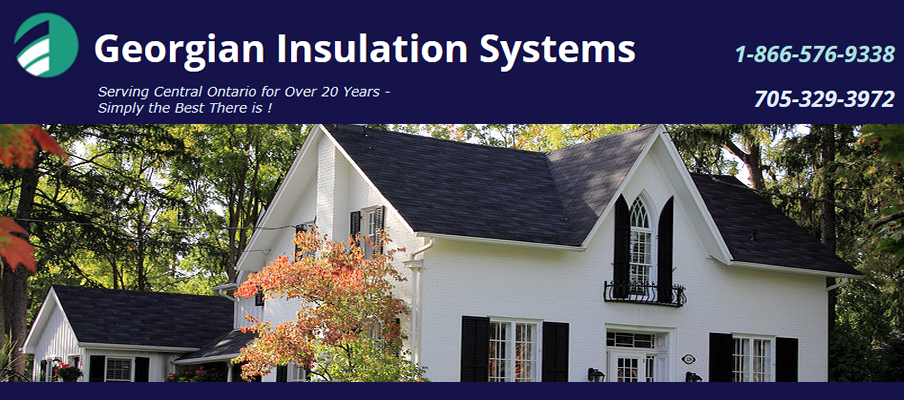What is an R-Value?
The Canada Mortgage and Housing Corporation (CMHC) has listed a table with characteristics of common insulation materials, including their R-Value. Its definitely worth checking out on their site. I have also include a portion of the table below:
What products have a high R-Value?
We offer a variety of insulation products with high R-Value. Our cellulose insulation has an R-Value of R 3.8 per inch. Cellulose is a great insulation choice as the R-Value remains consistent unlike some other insulation types, such as fiberglass, which loose R-Value in extreme temperatures.
It is also a cost-effective choice as it performs well with a 100% seamless seal, helping keep your utility costs low. Cellulose insulation also has the lowest cost per square foot per R-Value.
Contact us to learn more about cellulose insulation for for a free quote!
Georgian Insulation Systems is Central Ontario's premium spray foam insulation contractor. We're recommended by leading custom home builders, commercial design/builders, architects, home inspectors and our many customers. We provide Polyurethane Spray foam, Cellulose, Fibreglas, Roxull, Fireproofing, Insulation Removal, concrete slab lifting with injected polyurethane and epoxy crack filling. Contact Us for a Free Quote - Or Call 1-866-576-9338.











